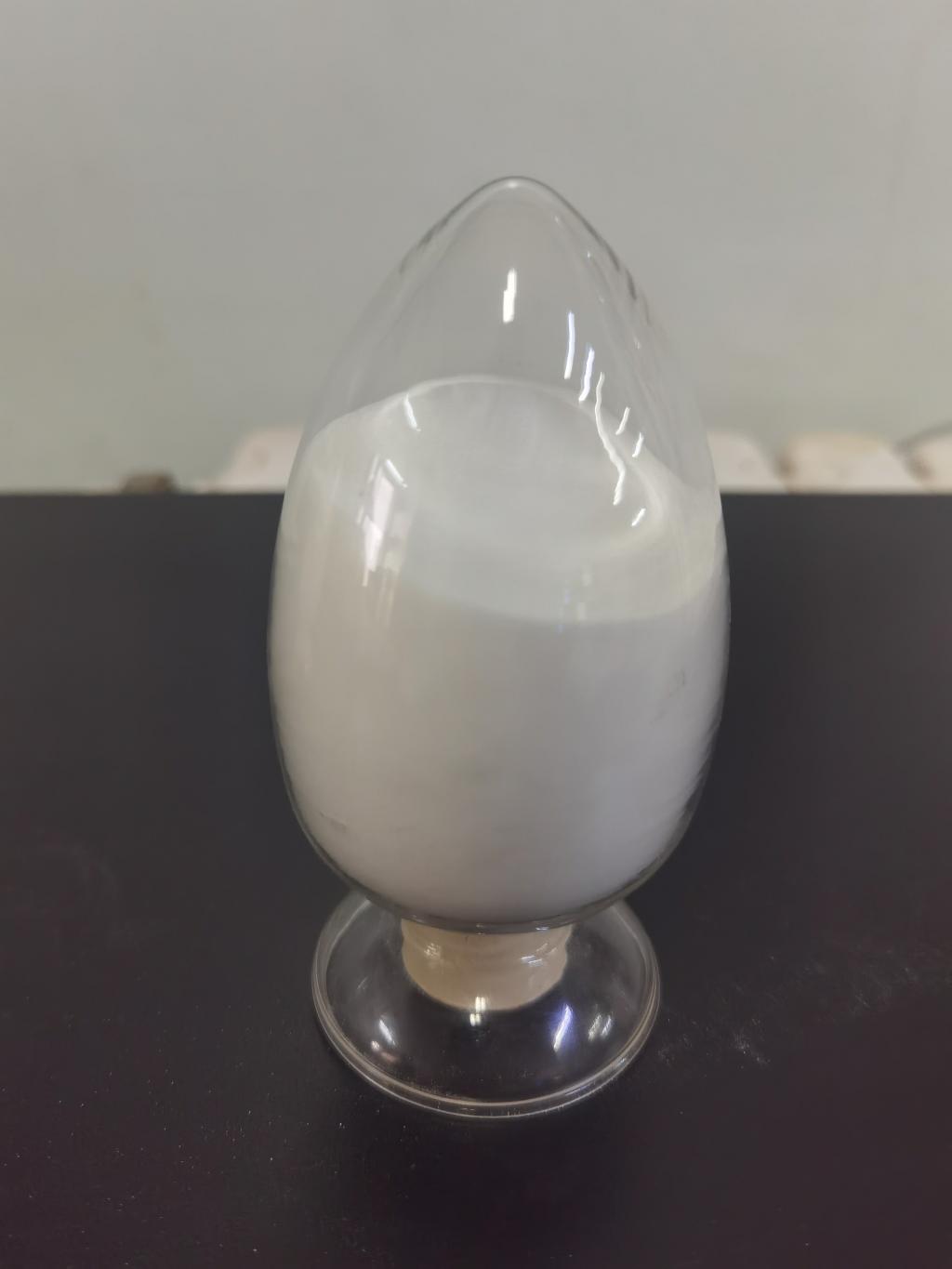Tel:0086 18231198596

News
Current Position:
Home >
News
>The cost-effectiveness of ε-Polylysine hydrochloride production is a key.
The cost-effectiveness of ε-Polylysine hydrochloride production is a key.
TIME:2024-03-13
Raw Material Sourcing:
The cost-effectiveness of ε-Polylysine hydrochloride production is heavily influenced by the availability and cost of raw materials used in the fermentation process. The primary raw material for ε-Polylysine hydrochloride production is glucose or other carbohydrate sources, which serve as substrates for microbial fermentation. The cost of these raw materials can vary depending on factors such as regional availability, seasonality, and market demand.
To enhance cost-effectiveness, manufacturers may explore alternative sources of raw materials, such as agricultural by-products or industrial waste streams. By utilizing low-cost substrates, manufacturers can reduce production costs and improve the overall economic viability of ε-Polylysine hydrochloride production. Additionally, strategic sourcing partnerships and long-term supply agreements can help mitigate risks associated with raw material price fluctuations, ensuring stable production costs over time.
Production Processes:
The production processes employed in ε-Polylysine hydrochloride production play a significant role in determining its cost-effectiveness. Fermentation, the key step in ε-Polylysine hydrochloride production, requires careful optimization of parameters such as temperature, pH, and agitation to maximize yields and minimize production costs. High-efficiency fermentation processes, coupled with robust control systems and automation technologies, can improve productivity and reduce labor costs.
Furthermore, downstream processing steps, including product recovery, purification, and drying, can significantly impact production costs. Cost-effective purification methods, such as chromatography, filtration, or precipitation, are essential for removing impurities and achieving high-purity ε-Polylysine hydrochloride at minimal cost. Additionally, energy-efficient drying techniques, such as spray drying or freeze drying, can reduce energy consumption and operational costs, contributing to overall cost-effectiveness.
Scale of Production:
The scale of production is a critical determinant of the cost-effectiveness of ε-Polylysine hydrochloride production. Economies of scale, achieved through larger production volumes, can lead to lower per-unit production costs by spreading fixed costs over a greater output. However, scaling up production may require significant investments in infrastructure, equipment, and personnel, which can impact initial capital expenditures and cash flow.
Manufacturers must carefully assess the optimal scale of production based on market demand, production capacity, and cost considerations. Flexible production strategies, such as modular production facilities or contract manufacturing arrangements, can help mitigate risks associated with scaling up production while enabling responsiveness to changing market dynamics. Additionally, strategic partnerships with suppliers, distributors, and customers can facilitate market access and reduce market entry barriers, enhancing the cost-effectiveness of ε-Polylysine hydrochloride production.
Regulatory Compliance:
Regulatory compliance is another factor influencing the cost-effectiveness of ε-Polylysine hydrochloride production, particularly in industries such as food and pharmaceuticals, where strict quality and safety standards apply. Compliance with regulatory requirements, including Good Manufacturing Practices (GMP), Hazard Analysis and Critical Control Points (HACCP), and product labeling regulations, entails additional costs associated with quality assurance, testing, and documentation.
Investments in quality management systems, analytical instrumentation, and staff training are necessary to ensure compliance with regulatory standards and maintain product integrity. While regulatory compliance may increase production costs, it also enhances product credibility, market acceptance, and consumer trust, ultimately contributing to the long-term cost-effectiveness of ε-Polylysine hydrochloride production.
Conclusion:
The cost-effectiveness of ε-Polylysine hydrochloride production is influenced by various factors, including raw material sourcing, production processes, scale of production, and regulatory compliance. By optimizing these factors, manufacturers can enhance the economic viability of ε-Polylysine hydrochloride production and facilitate its widespread adoption across industries. Strategic investments in technology, infrastructure, and partnerships are essential for maximizing cost-effectiveness while ensuring product quality, safety, and regulatory compliance. As demand for ε-Polylysine hydrochloride continues to grow, innovations in production methods and supply chain management will play a crucial role in driving down costs and expanding its use in diverse industrial applications.

 CONTACT
CONTACT




